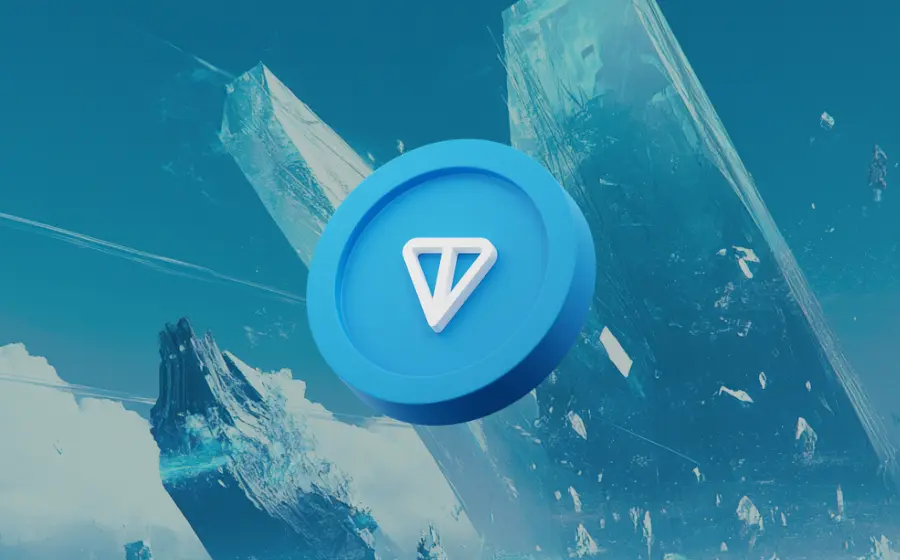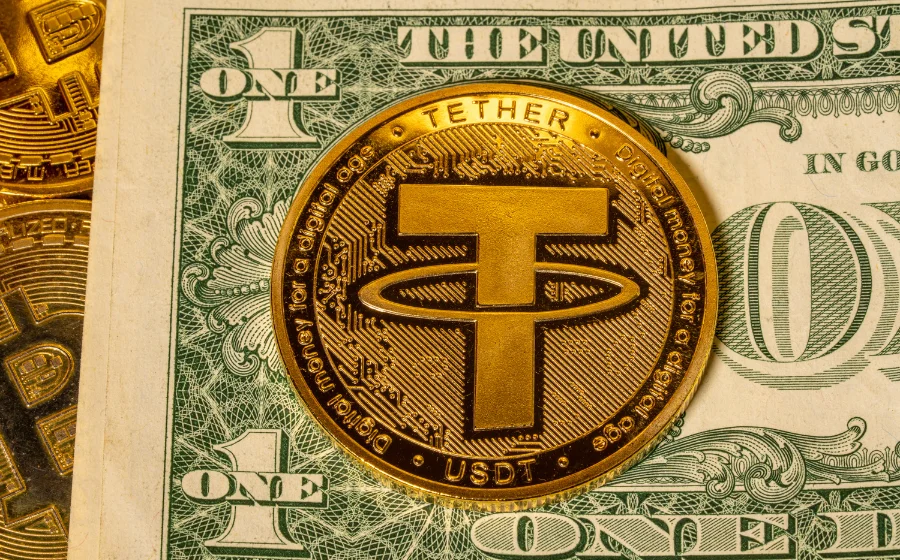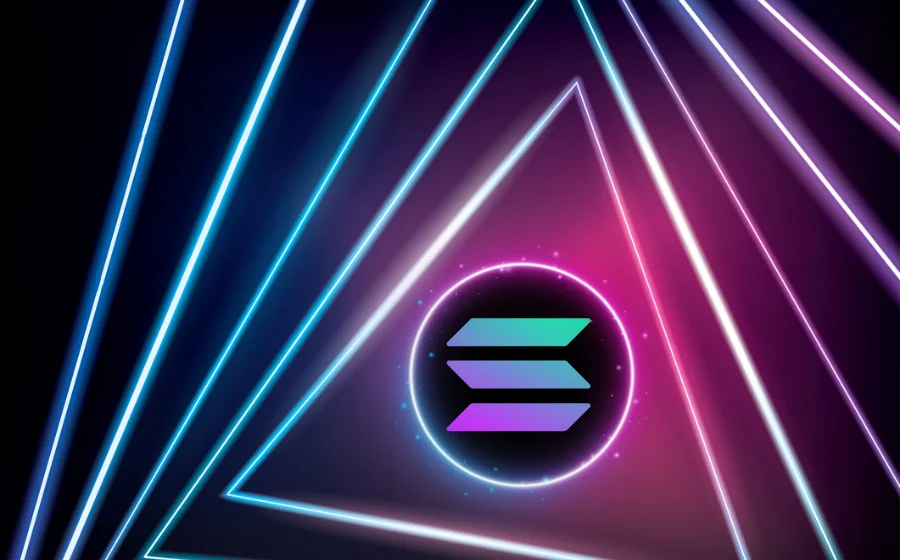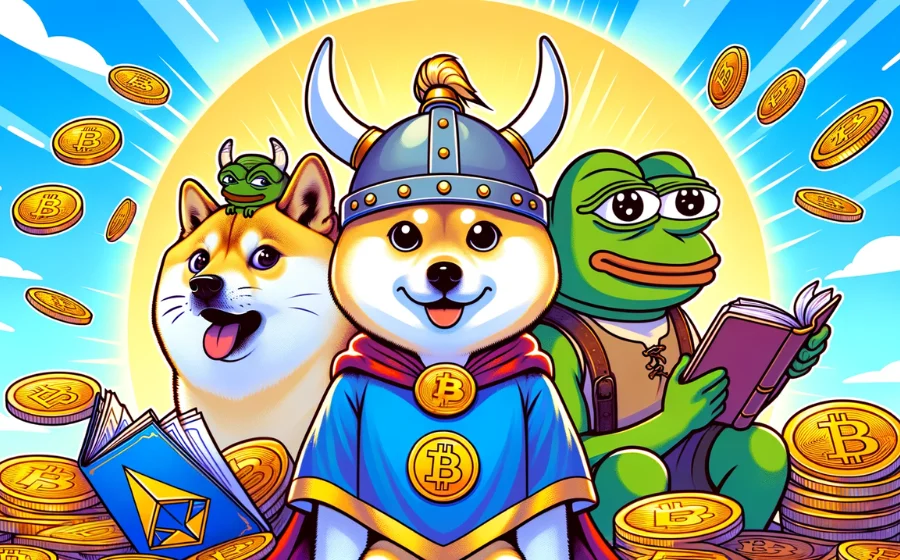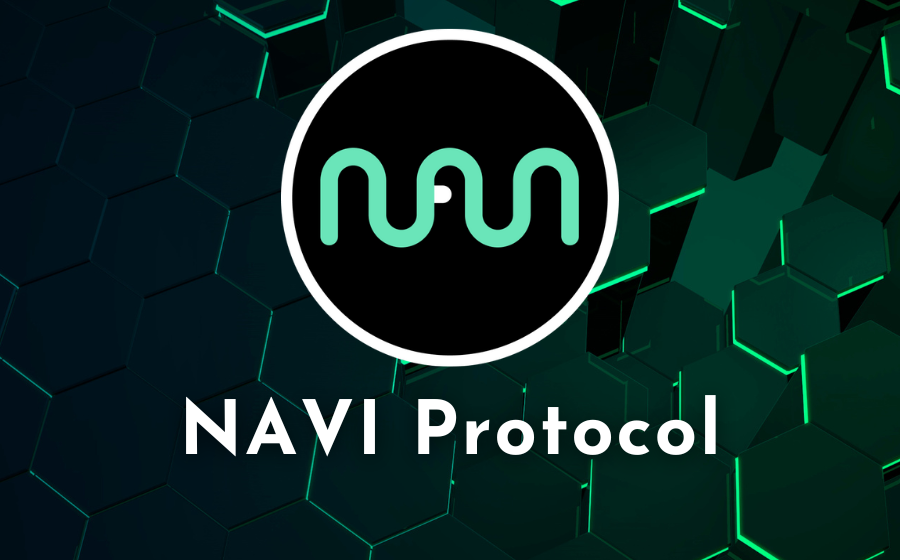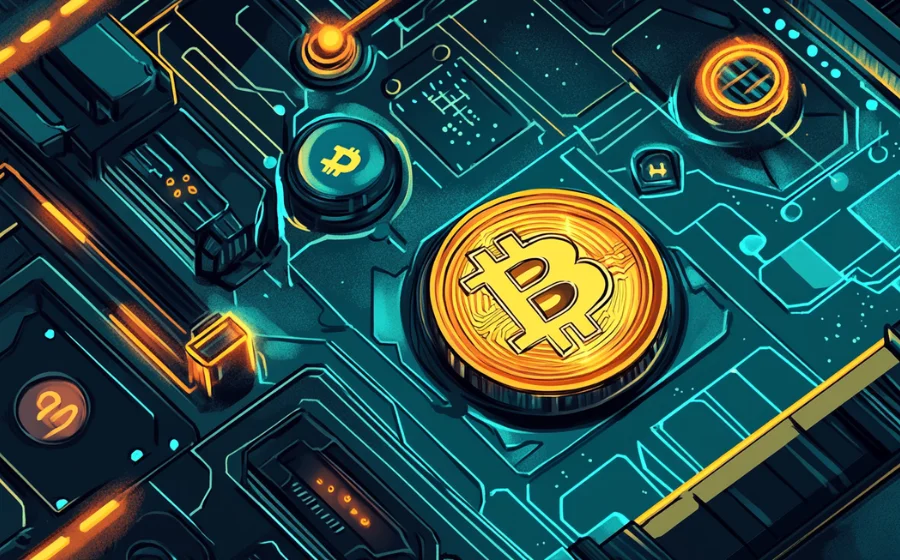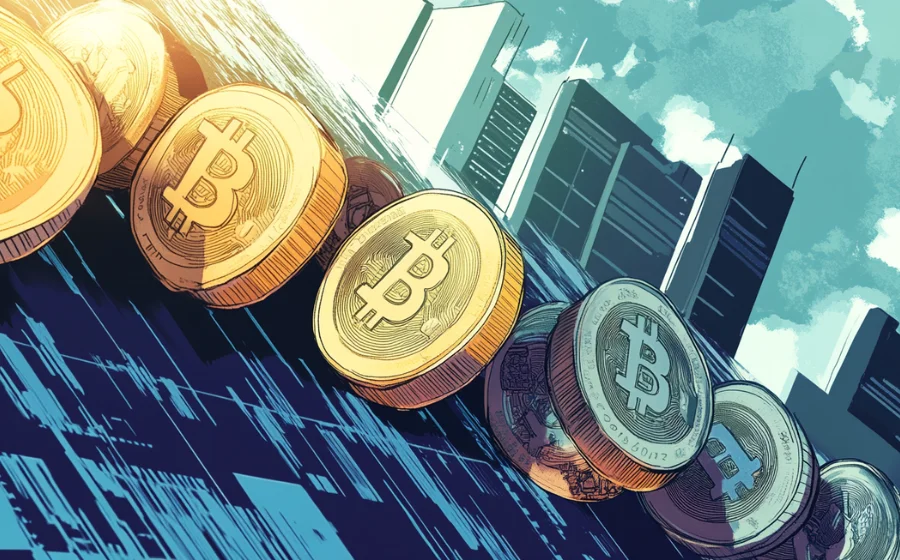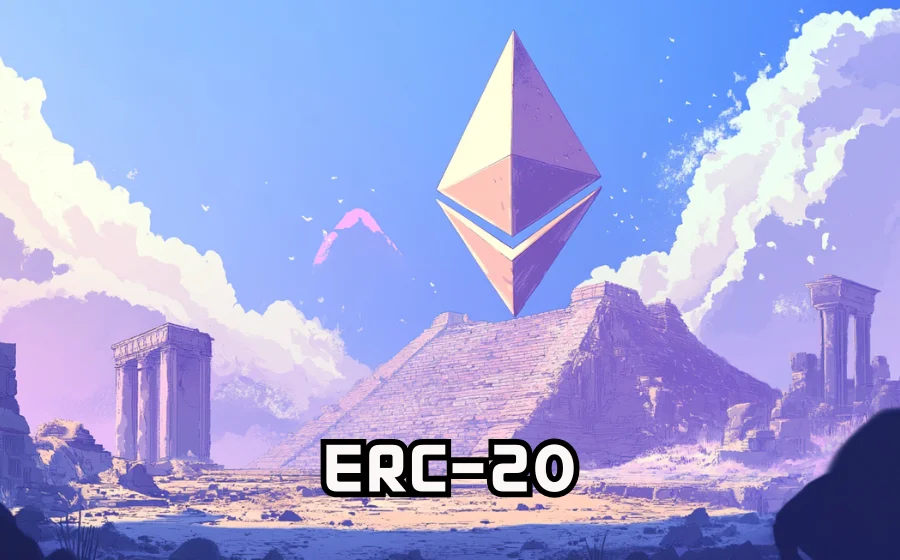
KEYTAKEAWAYS
- ERC-20 simplifies token creation, fostering interoperability and supporting decentralized apps (dApps) and DeFi growth.
- The ERC-20 standard outlines key functions like transfer, balance, and supply, ensuring seamless token operations.
- Despite high gas fees and potential transfer errors, ERC-20 remains vital for token standardization and blockchain innovation.

CONTENT
ERC-20 is the standard for creating tokens on Ethereum, ensuring compatibility and seamless interaction across dApps and exchanges, driving DeFi growth and token interoperability.
WHAT IS ERC-20?
ERC-20 is the technical standard for issuing and operating tokens on the Ethereum blockchain. The full name, Ethereum Request for Comments 20, is commonly abbreviated as ERC-20.
In this context, “ERC” stands for “Ethereum Request for Comments,” while “20” serves as the unique identifier for the proposal.
The set of rules associated with this identifier governs how tokens are created, shared, and transferred, ensuring seamless compatibility within the Ethereum ecosystem.
In simple terms, ERC-20 is the standard for creating fungible assets on the Ethereum blockchain.
This standard guarantees that assets follow a unified set of protocols, ensuring their smooth operation across the entire Ethereum network.
The rules cover how ERC-20 tokens are transferred, how supply is recorded, and how balances at different addresses are consistently tracked.
The significance of ERC-20 lies in its ability to simplify token creation for developers, enhancing interoperability and fostering the rapid growth of decentralized applications (dApps) and various DeFi projects.
➤ ERC-20 history
The history of ERC-20 dates back to 2015 when developer Fabian Vogelsteller introduced the standard, which was officially adopted as Ethereum Improvement Proposal 20 (EIP-20) in September 2017.
Before ERC-20, the Ethereum blockchain lacked a unified standard, making token creation and exchange complex and inconsistent.
To address this, developers submitted Ethereum Improvement Proposals (EIPs) outlining new features and protocols. After review and revisions, the proposal was approved and became the ERC-20 standard.
ERC-20 was designed as a fungible token standard on Ethereum, ensuring each token within the same set is identical, enhancing interoperability and reliability.
Since its establishment, ERC-20 has become a cornerstone of the Ethereum ecosystem, driving the rapid growth of DeFi and dApp projects.
All ERC-20 token transactions are recorded on the Ethereum blockchain, ensuring transparency and traceability.
Notably, in October 2023, Ethereum separated ERC and EIP into two distinct tracks—ERC focuses on application-layer standards, while EIP addresses network, protocol, and consensus improvements.
>>> More to read: What Are Gas Fees? How Do They Work?
ERC-20 STANDARD OVERVIEW
The ERC-20 standard defines several encoded functions that benefit other tokens within the Ethereum ecosystem. When implementing ERC-20 tokens, the primary functions include:
-
Total Supply (Provides Information on Total Token Supply):
While the supply can be fixed, similar to Bitcoin, this function allows the contract to evaluate and return the total number of tokens in circulation. -
Balance (Retrieves Account Balances):
This function authorizes smart contracts to store and return the balance of a specified address. Since the address is passed as a parameter, the balance of any address can be publicly queried. -
Transfer (Executes Token Transfers to Specific Addresses):
This function enables the contract owner to send a specified number of tokens to another address, mirroring traditional crypto transactions. -
TransferFrom (Facilitates Transfers on Behalf of an Address):
This function allows smart contracts to automate token transfers and send a specified amount on behalf of the token holder.
When this function is called, the contract owner authorizes another address to withdraw tokens from the holder’s account.
This process is often facilitated by external applications, such as wallets, which interact with the contract.
The Ethereum Virtual Machine (EVM) uses this mechanism to store and handle data provided by external applications, enhancing contract interaction.
The ERC-20 standard ensures that all tokens on the Ethereum network follow a uniform protocol, fostering compatibility and seamless interaction across decentralized applications (dApps) and exchanges.
>>> More to read: What is The Surge of Ethereum 2.0 Upgrade?
WHY IS CREATING ERC-20 TOKENS ESSENTIAL?
The primary reason for creating ERC-20 tokens is to address the interoperability challenges within the Ethereum network.
Ethereum allows developers to create and launch various projects on its blockchain, enabling anyone to issue their own tokens.
However, the initial problem was that user-issued tokens lacked a unified standard, causing compatibility issues between different decentralized applications (dApps).
To resolve this, Ethereum introduced a set of rules through smart contracts, requiring all tokens issued on the network to adhere to these standards.
This eventually led to the development of the ERC-20 standard, which became the most important and widely adopted token standard on Ethereum.
ERC-20 not only removed barriers to interaction between projects but also streamlined token creation and exchange, bringing transformative changes to blockchain technology.
It allowed developers to easily create tokens that complied with the standard, ensuring seamless integration with other projects and platforms.
This significantly boosted the growth of DeFi, ecosystem tokens, and various dApps.
Notably, other blockchains have adopted similar standards beyond Ethereum.
For example, Binance Smart Chain (BSC) introduced the BEP-20 token standard, closely resembling ERC-20, facilitating cross-chain token interoperability.
Overall, ERC-20 serves as a standardized token protocol that enhances usability and accelerates the widespread adoption of blockchain technology, solidifying its role as a cornerstone of Ethereum and the broader crypto ecosystem.
>>> More to read: What Are Decentralized Apps (DApps)?
NOTABLE ERC-20 TOKENS
Many ERC-20 tokens have gained widespread adoption and recognition within the crypto community. Here are some notable examples:
-
Tether (USDT):
USDT is a stablecoin pegged to the US dollar.
Tether (USDT) is widely used across various decentralized applications (dApps), such as decentralized exchanges (DEXs) and liquidity pools.
-
USD Coin (USDC):
USDC is another stablecoin pegged to the US dollar.
Known for its higher transparency and regulatory compliance compared to USDT, USD Coin (USDC) has become a preferred choice for secure transactions and stable value storage.
-
Chainlink (LINK):
LINK is a cryptocurrency that powers decentralized oracle networks, enabling smart contracts to connect with external data sources.
This facilitates secure data feeds and off-chain computation, expanding the functionality of Ethereum dApps.
-
Wrapped Bitcoin (WBTC):
WBTC is an ERC-20 token pegged to the value of Bitcoin, allowing users to access Bitcoin liquidity on the Ethereum blockchain.
It bridges the Bitcoin and Ethereum ecosystems, enabling DeFi participation with BTC assets.
-
Shiba Inu (SHIB):
Initially created as a meme coin inspired by Dogecoin (DOGE), Shiba Inu (SHIB) has evolved into its own ecosystem with DeFi applications and additional tokens, gaining significant traction and community support.
These ERC-20 tokens demonstrate the versatility and scalability of the standard, supporting a range of use cases from stablecoins to decentralized finance (DeFi) and cross-chain assets.
>>> More to read: What Is Stablecoin ? Stable Virtual Assets
ERC-20 ADVANTAGES & DISADVANTAGES
➤ Advantages of ERC-20 Tokens
The popularity of ERC-20 tokens stems from several key advantages that make them attractive:
1. Ease of Use and Deployment
ERC-20 tokens are simple and easy to deploy because Ethereum smart contracts are written in Solidity, a programming language similar to JavaScript, or Vyper, which is akin to Python.
This lowers the barrier to entry for developers.
2. Customizability
ERC-20 tokens can be tailored to meet specific business logic and user interactions.
Features such as automatic gas refills for future transactions, freezing and unfreezing tokens, and introducing central minting authorities to adjust circulating supply can all be implemented.
3. Clear Development Roadmap
The ERC-20 standard provides developers with a clear blueprint, enabling them to create new tokens effortlessly without having to build everything from scratch.
4. Token Standardization
Ethereum offers a set of token specifications that define interaction rules between different tokens and token purchase guidelines.
This universal standard allows users to seamlessly transfer tokens to wallets and consolidate them for trading.
5. Liquidity
Active Ethereum-based projects that interact with each other bring more users and projects to the network, enhancing the liquidity of ERC-20 tokens.
6. Widespread Acceptance
ERC-20 tokens are recognized by most exchanges and wallets, ensuring broad accessibility and compatibility across platforms.
This wide acceptance boosts their market value and usability.
7. Prevention of Counterfeit Tokens
All ERC-20 transactions require approval, and total token supply is strictly monitored to prevent duplicate tokens from entering circulation.
This smoothens the auditing process and maintains transparency.
➤ Disadvantages of ERC-20 Tokens
Despite its advantages, ERC-20 is not without its flaws and challenges. Some notable issues include:
1. System Instability
Ethereum recently transitioned from a Proof-of-Work (PoW) consensus mechanism to Proof-of-Stake (PoS) under ETH 2.0.
While ETH 2.0 aims to resolve scalability issues, the project is still underway, which may lead to temporary instability.
Additionally, tokens used for smart contract payments can sometimes be destroyed, prompting the development of the ERC-233 standard to mitigate this risk.
2. High Gas Fees
ERC-20 relies on the Ethereum blockchain, where every transaction incurs gas fees. As blockchain activity increases, gas fees rise, making frequent transactions costly and potentially unsustainable in the long term.
3. Transfer Errors
Ethereum features two types of accounts: externally owned accounts (EOAs) controlled by private keys, and contract accounts managed by contract code.
Sending tokens from one EOA to another poses no issues, but transferring tokens to a contract account can trigger errors, resulting in the loss of funds. This has led to significant financial losses.
4. Slow Transactions
Transactions on ERC-20 tokens are linked to the Ethereum blockchain. When the network is congested, all token transfers slow down.
While sharding is expected to alleviate this, it remains in the early stages and is not yet fully integrated into the Ethereum network.
5. Irreversible Transactions
If a user accidentally sends ERC-20 tokens to the wrong address, the funds cannot be recovered. This also applies to tokens stolen by hackers, as seen in notable incidents like the DAO hack.
6. Low Barrier to Entry
Critics argue that ERC-20 allows for easy token creation without clear objectives or value propositions.
This has led to the rise of fraudulent ICOs and non-value-adding projects, which can exploit the system for financial gain.
Despite these drawbacks, ERC-20 remains one of the most widely used and trusted token standards globally, continuing to drive growth and innovation within the Ethereum ecosystem.

